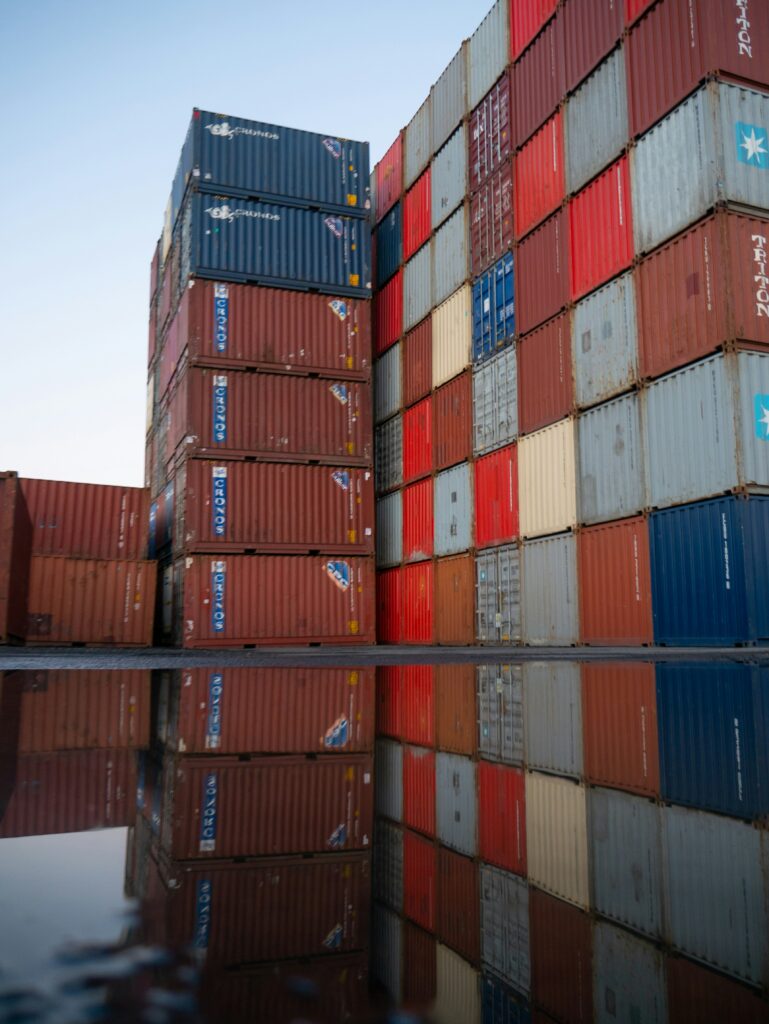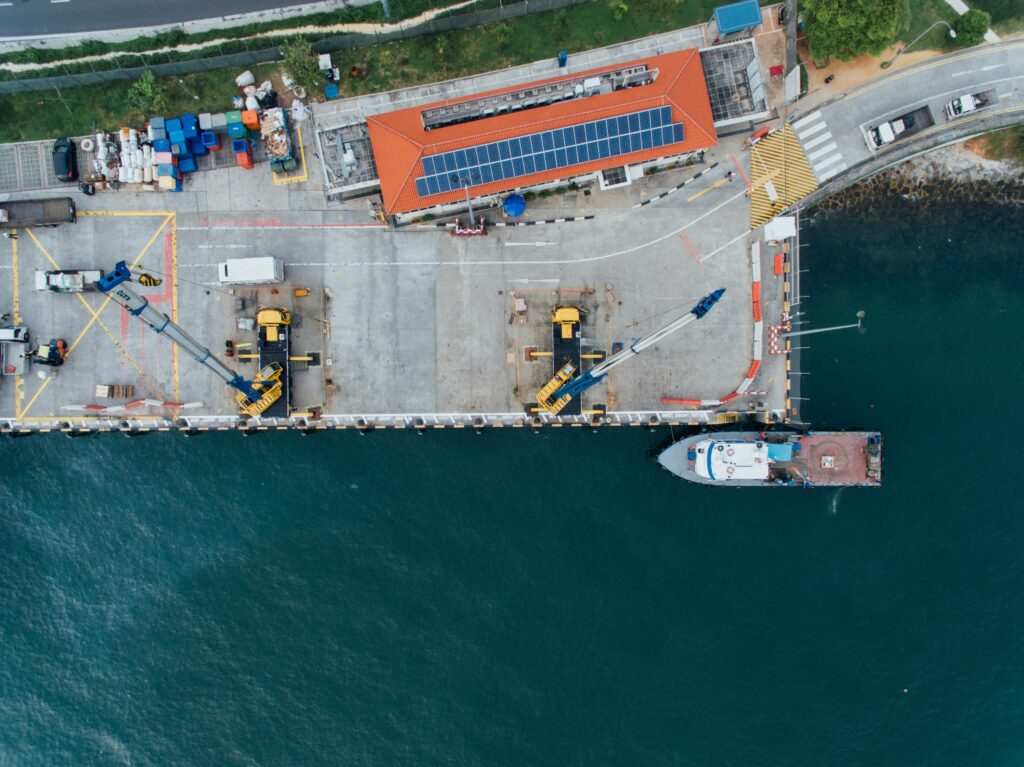When importing goods via ocean freight, understanding costs, logistics, and transit times is crucial for making informed decisions. Whether you’re sourcing products from Alibaba, calculating shipping expenses from China, tracking cargo vessel speeds, or navigating the shipping process, having the right knowledge can save you time and money. This guide covers four key topics to help you optimize your freight operations.
Do You Have to Pay for Ocean Freight on Alibaba?
Yes, you always pay for shipping when purchasing from Alibaba, though the cost may be included in your supplier’s pricing. The key is to understand Incoterms, which determine who is responsible for freight costs:
EXW (Ex Works) – You manage all shipping from the supplier’s factory.
FOB (Free on Board) – The supplier gets the goods to the port; you cover ocean freight.
CIF (Cost, Insurance, and Freight) – The supplier pays freight to your port, but their rates may not be the best.
DAP (Delivered at Place) – The supplier arranges complete delivery to your location.
For cost control, comparing quotes from freight forwarders often secures better pricing. If shipping directly to Amazon FBA, ensure compliance with labelling and appointment requirements to avoid delays.
How Much Is Ocean Freight from China?
Ocean freight rates fluctuate based on demand, seasonality, and world events. Historical price trends include:
Lowest rates: $900 (West Coast) and $2,300 (East Coast) during 2018-2019.
Highest rates: $16,000 (West Coast) and $25,000 (East Coast) during COVID-19 due to congestion and supply chain disruptions.
Factors influencing ocean freight rates from China:
Seasonality – Peak months like June, July, and September see higher prices.
Carrier Capacity – Space availability affects costs.
Global Events – Strikes, tariffs, or crises impact rates.
Consumer Demand – Surges in imports drive up shipping costs.
To optimize costs, plan shipments strategically and partner with an expert freight forwarder for competitive rates.
Cargo Ship Importing Goods to Another Country: Step-by-Step Guide
The process of cargo ship importing goods to another country follows these steps:
Container Pickup – An empty container is retrieved from a depot.
Loading – The supplier fills the container with goods.
Transport to Port – The container is moved to the port for departure.
Ocean Voyage – The vessel sails, sometimes stopping at multiple ports.
Arrival & Customs – The shipment is unloaded and scanned by customs.
Final Delivery – The goods are trucked or transported by rail to the destination.
For Amazon FBA shipments, accurate labelling and appointment scheduling are critical for smooth processing.
How Fast Do Cargo Ships Go?
Cargo ship speeds vary based on route, fuel efficiency measures, and port congestion:
Fastest transit times:
11 days from China to the U.S. West Coast (non-stop).
23-24 days to the East Coast (can extend to 28-32 days due to delays).
Offloading time:
4-8 days at origin for processing.
1-3 days upon arrival for unloading and delivery.
Since 2020, fuel emission regulations have slowed cargo ships further. Planning shipments with realistic transit times ensures better supply chain management.
Conclusion
Navigating ocean freight requires an understanding of costs, logistics, and transit times. Whether you’re buying on Alibaba, calculating shipping rates from China, tracking cargo ship speeds, or managing an international shipment, working with an experienced freight forwarder can simplify the process and help you optimize costs.
Looking for expert freight forwarding services? Simple Forwarding ensures smooth shipments, competitive pricing, and compliance for Amazon FBA and global logistics. Contact us today to streamline your ocean freight strategy!



